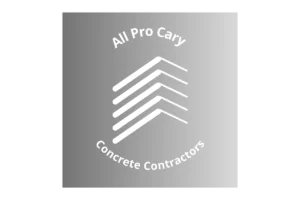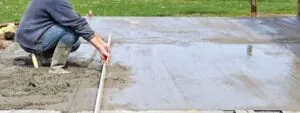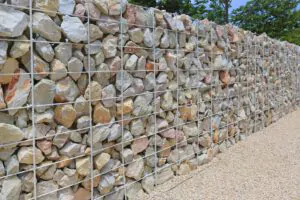Building a concrete slab might seem easy. However, it demands a meticulous approach to ensure longevity and structural integrity. From the initial ground preparation to the final stages of curing, each step plays a pivotal role in the success of the construction.
Solid groundwork, accurate reinforcement, and precise concrete mixture are critical elements. Together, they form a foundation worthy of any structure. Paying attention to these details prevents future issues and assures safety and durability. Let’s take a look at the crucial steps for successful concrete slab construction now:
I. Preparation for Slab Construction
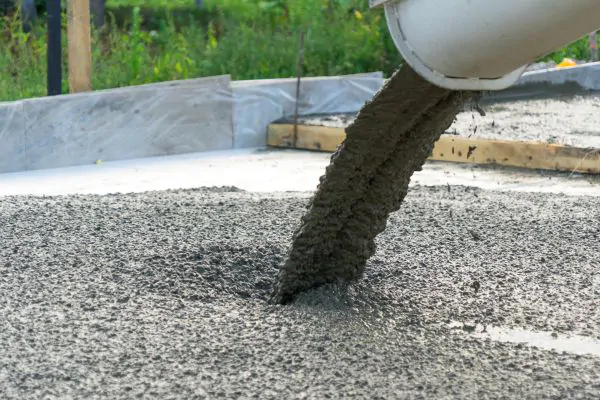
Before the first pour of concrete signals the physical birth of a concrete slab. Meticulous groundwork lays the foundation for a sturdy and enduring surface. Laying out a high-quality slab begins with assembling and erecting the formwork. The formwork shapes and holds the concrete, matching the final structure’s specifications.
With formwork in place, attention shifts to preparing the slab bedding. This step involves compacting and leveling the surface on which the slab will sit. Such creates a stable base that will help prevent future shifting and cracking. Additionally, excavating the earth is a vital step. Each preparation stage is crucial in forming a solid foundation for any structure.
A. Assemble and erect formwork
Gather all the tools and materials to start building the formwork for slab construction. Skilled workers measure and cut formwork materials to project specifications. The team assembles a temporary barrier to define the slab’s edges and contain the concrete, guiding it from liquid to solid.
B. Prepare slab bedding
The groundwork for concrete slab construction involves more than just digging; it demands creating a uniform and solid bed to lay the slab. This step includes ensuring the ground is perfectly leveled. This can help distribute the slab’s weight evenly, reducing the risk of sinking or cracking. Compacted soil or gravel supports the slab. It provides a robust and reliable foundation essential for any concrete surface’s longevity.
C. Excavate earth
Excavation is a crucial phase where crews remove soil, rocks, and debris from the site. They establish the contours and depth necessary for a robust concrete slab foundation. Through precise removal, workers prevent inconsistencies that could impair the slab’s durability.
II. Proper Reinforcement Placement
After laying the groundwork, the focus shifts to reinforcing the concrete slab to ensure durability and strength. Steel bars and mesh, known as rebar, provide the essential strength within the slab. It is necessary for maintaining structural integrity.
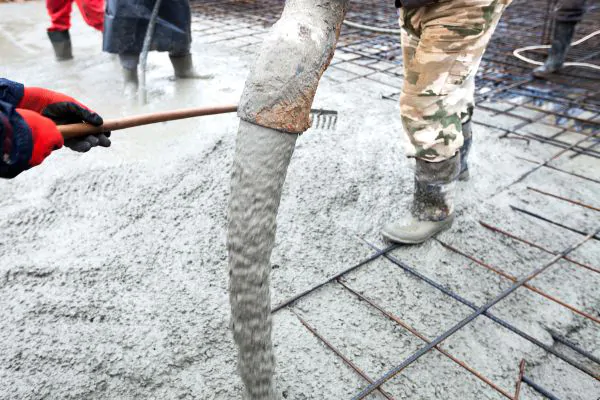
The choice of reinforcement depends on the anticipated loads and the slab’s intended use. This can be for a residential patio or a commercial parking lot. Skilled professionals install the reinforcement with precision to prevent cracking and displacement. Understanding reinforcement types and their installation is essential for creating a durable slab.
A. Types of reinforcement
The durability of a concrete slab depends on the reinforcement used. It varies depending on structural requirements. Steel rebar and welded wire fabric are commonly used to prevent cracking or shifting under pressure. Careful selection and placement of these reinforcements are essential. It guarantees the slab’s longevity and ability to withstand anticipated stresses.
B. Installation process
The correct installation of reinforcements within a concrete slab is as much about skill as it is about timing. Workers ensure the rebar is securely positioned before the concrete pour. It sets the supports to maintain the proper distance from the surface, which is crucial for its effectiveness. With the reinforcement, the slab is now prepped for the upcoming pour.
III. Pouring and Finishing Concrete
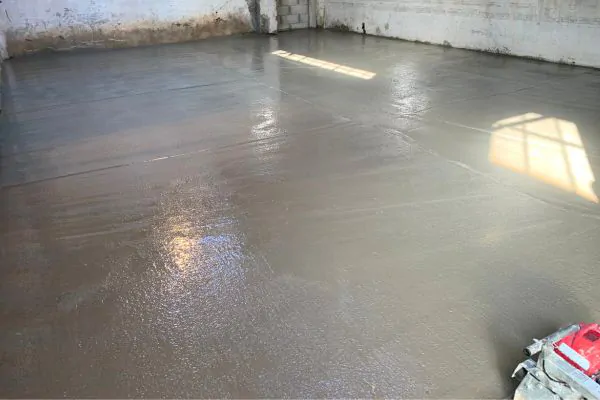
The act of pouring and compacting is a ballet of timing, technique, and teamwork that transforms the raw materials into a solid mass. Skilled workers must make sure the concrete flows evenly. The entire surface bonds into a single, cohesive layer.
Following the pour, finishing surfaces, smoothing, leveling, and texturing the slab into its final form comes next. This stage is vital to form a finished product that is both aesthetic and functional.
A. Proper pouring and compaction techniques
Concrete pouring is an orchestrated process where every step counts. It starts with a steady, controlled discharge to avoid material segregation. Compaction follows, with vibratory equipment utilized to remove air pockets. This ensures the mix settles into every corner of the formwork, laying the basis for a strong and defect-free slab.
B. Finishing methods
Once the concrete is poured and compacted, finishing experts use techniques such as floating and troweling. Waiting for the concrete to get hard enough to support weight but still malleable enough to work with.
IV. Curing and Formwork Removal
With the concrete poured and shaped, the pathway towards a solid concrete slab construction enters a critical waiting period: the cure. Ensuring the slab achieves its maximum strength and durability hinges on proper curing, a period that demands patience and the correct approach to moisture and temperature control.
Equally key is knowing the right moment to remove the formwork. Too soon and the concrete might not support itself; too late and it can complicate subsequent construction steps. Together, these processes form the delicate transition from wet concrete to a hardened surface ready to take on its intended role.
A. Importance of proper curing
Proper curing is pivotal after the concrete pouring to ensure the material reaches its maximum strength potential. This process helps maintain an optimal moisture level and temperature. It allows the chemical reactions within the concrete to progress, resulting in a hardened surface. Without careful attention to curing, the concrete slab’s integrity can be severely compromised.
B. When to remove formwork
Timing the removal of formwork after the concrete has been set is a nuanced decision. It balances the need for the concrete to be self-supporting against the benefit of early form removal for the progression of other work. Professionals monitor the concrete’s strength gain and only observe the formwork when it is deemed strong enough to withstand any loads. This careful approach helps prevent deformations and maintains the intended dimensions and smoothness of the freshly cast concrete surface.
V. Different Types of Slabs and Their Functions
The construction landscape offers diverse concrete slab types. Each is designed to meet specific structural and functional requirements. As the process unfolds from the initial pour to the final cure, it becomes evident that not all slabs are created equal. Distinct in their design and construction methods, slabs provide a straightforward load-bearing solution. Ribbed slabs introduce a patterned approach to reduce weight without sacrificing strength.
Flat plates and slabs are a favorite for modern construction because of their simplicity. They offer a sleek, column-free aesthetic. In contrast, two-way slabs on beams are optimal for larger areas. It efficiently distributes loads across two different directions.

Precast and composite slabs stand out for speed and efficiency in construction. They offer off-site manufacturing and the synergy of combining different materials. Each type holds its own unique place within the realm of construction. It aims to create the designed intent, whether it be for residential, commercial, or industrial use.
A. One-way slabs on beams
One-way slabs on beams are commonly employed where the structural design calls for spanning. This slab type, supported by parallel beams, effectively transmits loads down to the beams and to the columns and foundations. It is a preferred choice in constructions where simplicity and reliability in load-bearing is key.
B. Ribbed slabs
Ribbed slabs feature narrow ribs underneath, optimizing strength while minimizing material usage. This construction type offers cost-efficiency and increased spanning capacity. It is ideal for accommodating heavy loads in large buildings such as commercial centers or parking garages.
C. Flat plates and slabs
Flat plates and slabs are sleek and minimalist structural elements found in modern buildings. Their smooth, beam-free surfaces suit residential and commercial spaces seeking unobtrusive ceilings. These slabs efficiently transmit loads directly to columns. This makes them suitable for structures with regular column grids and moderate spans.
D. Two-way slabs on beams
Two-way slabs on beams efficiently distribute loads in two directions. This i ideal for expansive floor areas with irregular layouts. Unlike one-way slab systems, they can handle heavier loads and wider spans. Utilizing beams in two perpendicular directions effectively channels forces to supporting columns. It boosts the structural performance and building flexibility.
E. Precast and composite slabs
Modern construction benefits from efficiency and innovation through precast and composite slabs. Precast slabs are cast and cured off-site, then assembled quickly on location. Composite slabs combine steel decking with concrete for enhanced strength and faster construction. These options are crucial for projects needing rapid completion without sacrificing structural integrity or design flexibility.
VI. Hire Concrete Professional for Concrete Slab Construction
Hiring a concrete professional for slab construction ensures expertise at every stage. Professionals have the technical knowledge and specialized equipment needed for efficient project execution.

A skilled concrete contractor handles site-specific challenges and aligns construction practices with project demands. Their understanding of local building codes and regulations provides peace of mind. Trusting a certified expert guarantees the structural integrity of the slab and compliance with legal requirements.
Conclusion
Concrete slab construction relies on precise preparation. This includes the formwork assembly and ground leveling for a strong foundation. Reinforcement placement fortifies the concrete against cracking and enhances durability. Skillful pouring, compaction, and finishing create a uniform and resilient slab. Proper curing and timely formwork removal ensure the slab is strong enough and has integrity. To learn more and to get professional concrete services call us today!
